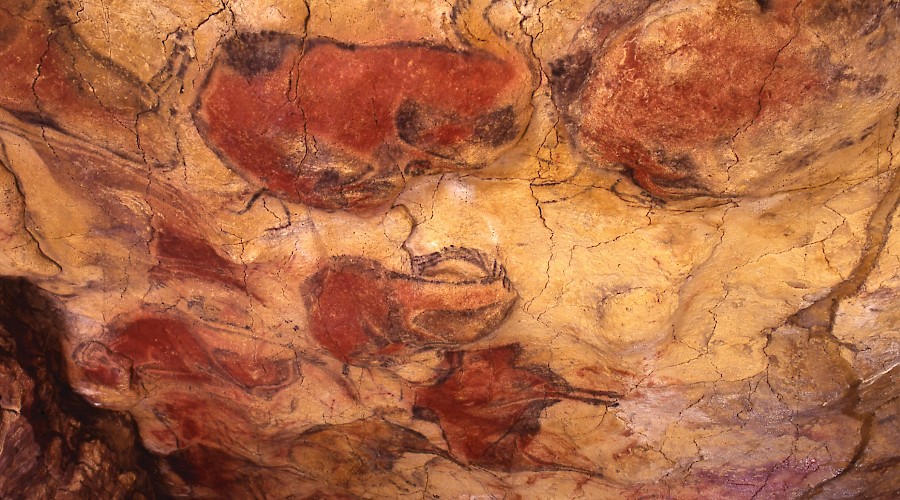The Art of Conservation: Protecting & Preserving our Cultural Heritage

A EUNIC Washington D.C. conference on the critical role of conservation and restoration in the preservation of our rich cultural heritage.
This half-day conference will feature international experts in the field of conservation and restoration in Spain, Italy and the U.S. to talk about the art of conservation in projects ranging from ancient, medieval / renaissance to modern time.
The panel will be moderated by Alfred Acres, Chair and Associate Professor of the Department of Art and Art History at Georgetown University.
The Cave of Altamira: Protection, Management and Enhancement of an Extremely Fragile Heritage
- By Pilar Fatás Monforte, Deputy Director of the National Museum and Research Center of Altamira, Cantabria, Spain.
- A UNESCO World Heritage Site whose rock art dates back to 22,000-13,000 B.C. the Cave of Altamira was the first cave in which Paleolithic Rock Art was identified and one of the most spectacular examples of Rock Art on the planet. Hence, no surprisingly, it has attracted worldwide interest from archeologists, art enthusiasts, and the general public alike since its discovery in 1879. Finding the perfect balance between people’s curiosity and desire for knowledge and necessary protection of cultural heritage is not always easy. The National Museum and Research Center of Altamira opened in 2001 offering its more than 250,000 annual visitors an alternative to discovering this extraordinary heritage while not compromising the preservation of the original site.
Pompeii Great Project: New Life for the Dead City
- By Professor Massimo Osanna, Superintendent of the Archeological Site of Pompeii, Italy.
- The Archeological Site of Pompeii receives nearly 3 million visitors every year. The Great Pompeii Project is an extraordinary program aimed at addressing existing problems and giving Pompeii a new improved image. The project has allowed innovative and experimental technological solutions that will provide more exhaustive results in the field of diagnosis –fundamental for proper restoration and conservation – as well as applications for the site’s enhancement and public use. This lecture will bring attention to the many activities of the past two years and the efforts that are being made to save Pompeii and to give to this extraordinary site a new image.
The 1966 Flood & the Restoration of the Works of Art: Technical & Scientific Experiences of the Opificio delle Pietre Dure Before and After the Disaster
- By Professor Cecilia Frosinini, Faculty Member of the Conservation Department Opificio Delle Pietre Dure, Florence, Italy.
- In the 14th century, Florence was the center of the Italian Renaissance, but after a devastating flood in November 1966 which damaged and destroyed thousands of artworks and manuscripts, the city became something else: one of the world’s foremost centers of art preservation and restoration. At Opificio delle Pietre Dure (OPD), conservators have been working to restore cultural and artistic masterpieces damaged nearly 50 years ago.
Understanding Paint Mediums in the Early Work of Andy Warhol
- By Jay Kruger, Head of Painting Conservation at the National Gallery of Art, Washington D.C.
- Andy Warhol’s large paintings on canvas from late 1961 through the first half of 1962 represent an important and transitional body of work for the artist. From a materials standpoint, they demonstrate the artist’s move from the aqueous paints commonly associated with the smaller-scaled works from his commercial and graphic arts career in the 1950’s to the acrylic paints and inks found in his signature silk-screened works from 1962 until his death in 1987. Despite their significance, these early hand-painted canvases have not been previously been studied to identify their paint mediums. This collaborative work, brought curators, conservators, and scientists together, is yielding unexpected results.